Bringing a dog into a cat’s home can be a challenge. Cats are territorial and prefer a predictable environment, while dogs are often curious and excitable. However, with the right approach, patience, and controlled introductions, they can learn to coexist peacefully—or even become best friends!
In this guide, you’ll learn how to introduce your cat to a new dog step by step, prevent conflicts, and create a safe environment for both pets.
1. Prepare Your Home Before the Introduction
Before bringing the new dog home, make sure your cat has safe spaces and everything they need to feel secure.
✅ How to Prepare:
✔ Create a cat-only zone (a room where the dog is not allowed).
✔ Use baby gates or pet barriers to separate areas.
✔ Place the litter box, food, and water bowls in a dog-free space.
✔ Give your cat high places to escape (cat trees, shelves, or furniture).
🚨 Common Mistake: Letting the dog run free in the house immediately.
Instead: Keep them separated at first to prevent stress.
2. Keep Your Cat and Dog Separate at First
A slow introduction helps prevent fear and territorial aggression.
✅ First Steps:
✔ Keep your cat and dog in separate rooms for the first few days.
✔ Let them smell each other through the door.
✔ Swap bedding or toys between them to exchange scents.
🚨 Never force an interaction too soon—both pets should feel comfortable first.
3. Let Them See Each Other Through a Barrier
Once both pets are comfortable with each other’s scent, introduce them visually.
✅ Best Ways to Do This:
✔ Use a baby gate or glass door for visual contact.
✔ Keep the dog on a leash to prevent chasing.
✔ Reward calm behavior with treats and praise.
🚨 If either pet shows signs of stress (hissing, barking, growling), separate them and try again later.
4. Supervised Face-to-Face Meetings
Once both pets are relaxed, it’s time for their first real interaction.
✅ How to Introduce Them Safely:
✔ Keep the dog on a leash and let the cat move freely.
✔ Keep the first meeting short (5–10 minutes).
✔ Give treats and praise for calm behavior.
✔ Repeat short, positive sessions daily.
🚨 If the dog gets too excited or the cat runs away, go back to the previous step and try again later.
5. Watch for Body Language Signs
Understanding pet body language helps prevent conflicts.
✅ Signs of a Calm and Positive Interaction:
🐱 Cat: Relaxed body, slow blinking, tail in a neutral position.
🐶 Dog: Sitting or lying down, wagging tail gently, relaxed ears.
🚨 Warning Signs of Stress or Aggression:
🐱 Cat: Hissing, growling, puffed-up fur, hiding.
🐶 Dog: Staring intensely, lunging, barking, stiff posture.
🚨 If you notice signs of stress, separate them and try again later.
6. Teach Your Dog to Stay Calm Around the Cat
Dogs may see cats as playmates or even prey, so it’s important to teach them calm behavior.
✅ Training Tips for Your Dog:
✔ Teach basic commands (sit, stay, leave it).
✔ Reward calm behavior around the cat.
✔ Use a leash indoors until trust is built.
🚨 Never let your dog chase the cat—this can create long-term fear.
7. Allow Supervised Free Roaming
Once both pets are comfortable, allow them to interact without barriers—but always under supervision.
✅ How to Do This Safely:
✔ Keep the dog’s leash on but loose, just in case.
✔ Make sure the cat has an escape route.
✔ Keep interactions short and positive.
🚨 If the dog gets too excited, calmly remove them and try again later.
8. Make Sure Each Pet Has Their Own Space
Cats and dogs have different needs, so give them their own areas to relax.
✅ Set Up Individual Spaces:
✔ Separate feeding stations (dogs may eat the cat’s food).
✔ A quiet litter box area (dogs may try to dig in it).
✔ High places for the cat to observe safely.
🚨 Never force them to share food bowls or resting spots.
9. Be Patient—Building Trust Takes Time
Some cats and dogs become friends quickly, while others take weeks or months.
🐾 Signs They’re Adjusting Well:
✅ Cat and dog ignore each other peacefully.
✅ They sniff each other without fear or aggression.
✅ The cat walks around the dog confidently.
🐾 Signs They Need More Time:
🚨 The cat still hides all the time.
🚨 The dog obsesses over the cat or barks constantly.
🚨 They have intense staring contests or frequent fights.
If progress is slow, stay patient and keep interactions positive!
10. When to Get Professional Help
If your pets continue to struggle after several months, consider a professional trainer or behaviorist.
✅ Signs You Need Extra Help:
✔ Aggressive chasing or fighting (not just playful chasing).
✔ Extreme fear from either pet.
✔ One pet refuses to eat or use the litter box due to stress.
A professional can help adjust their behavior safely.
Final Thoughts
Introducing a cat and a dog requires patience, controlled steps, and positive reinforcement. With the right approach, they can learn to coexist peacefully—or even become great companions!
🐱🐶 Key Takeaways:
✅ Start with separation and scent swapping.
✅ Use barriers for safe visual contact.
✅ Keep the dog leashed during early meetings.
✅ Reward calm behavior in both pets.
✅ Give each pet their own food, litter, and rest areas.
✅ Be patient and allow gradual progress.
With time and consistency, your cat and dog can share a happy home together! 🏡🐾💖

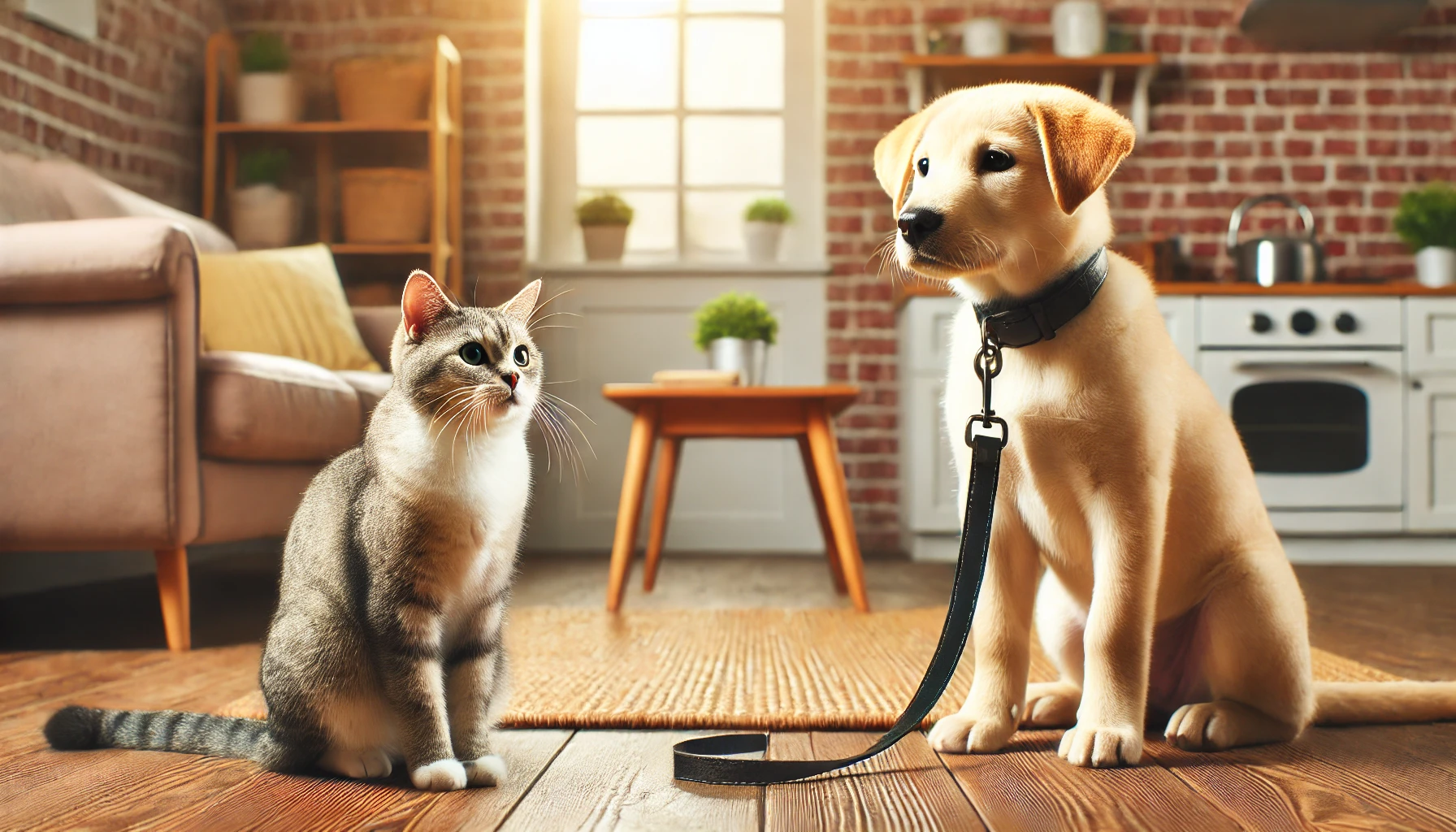
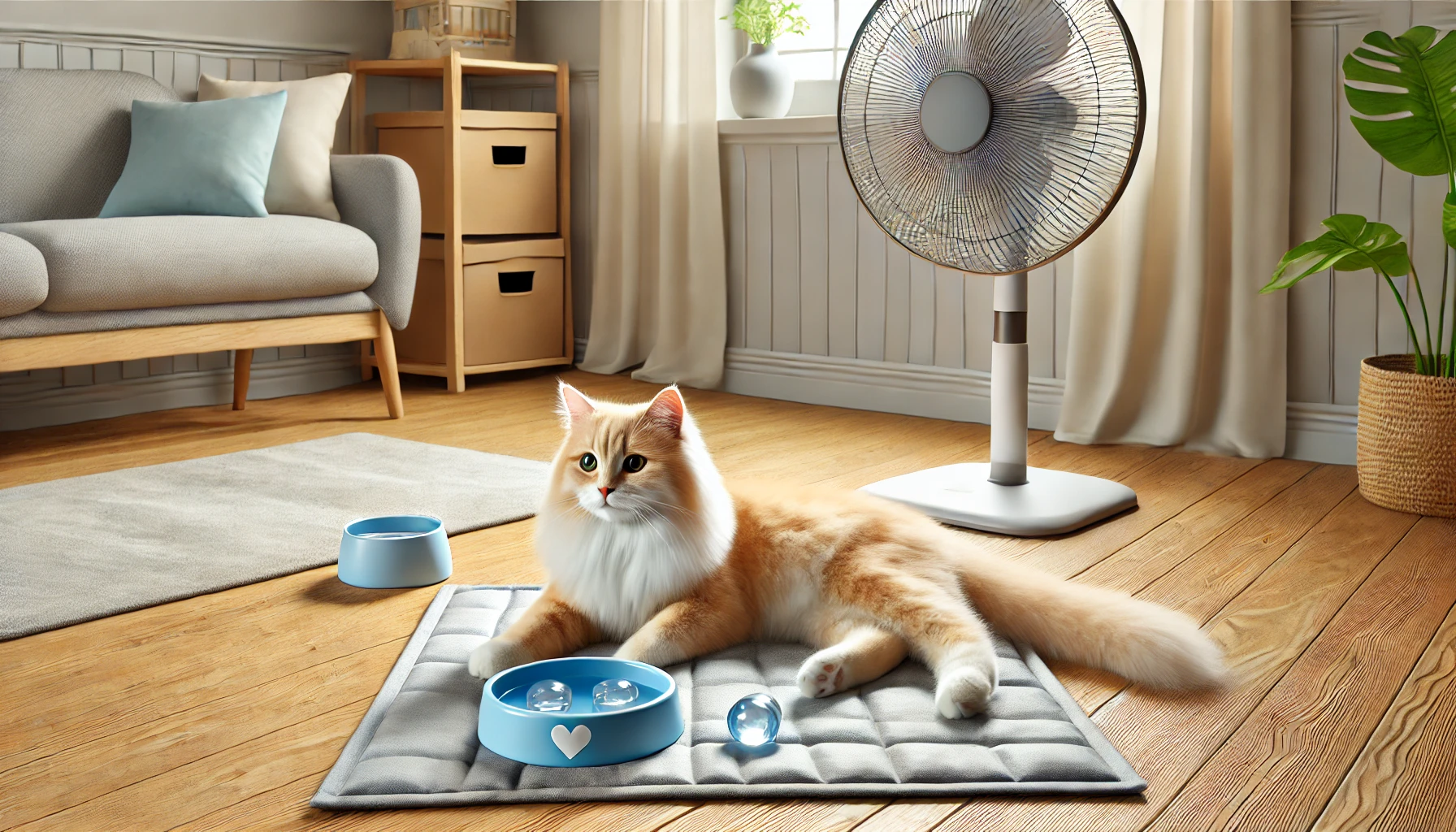
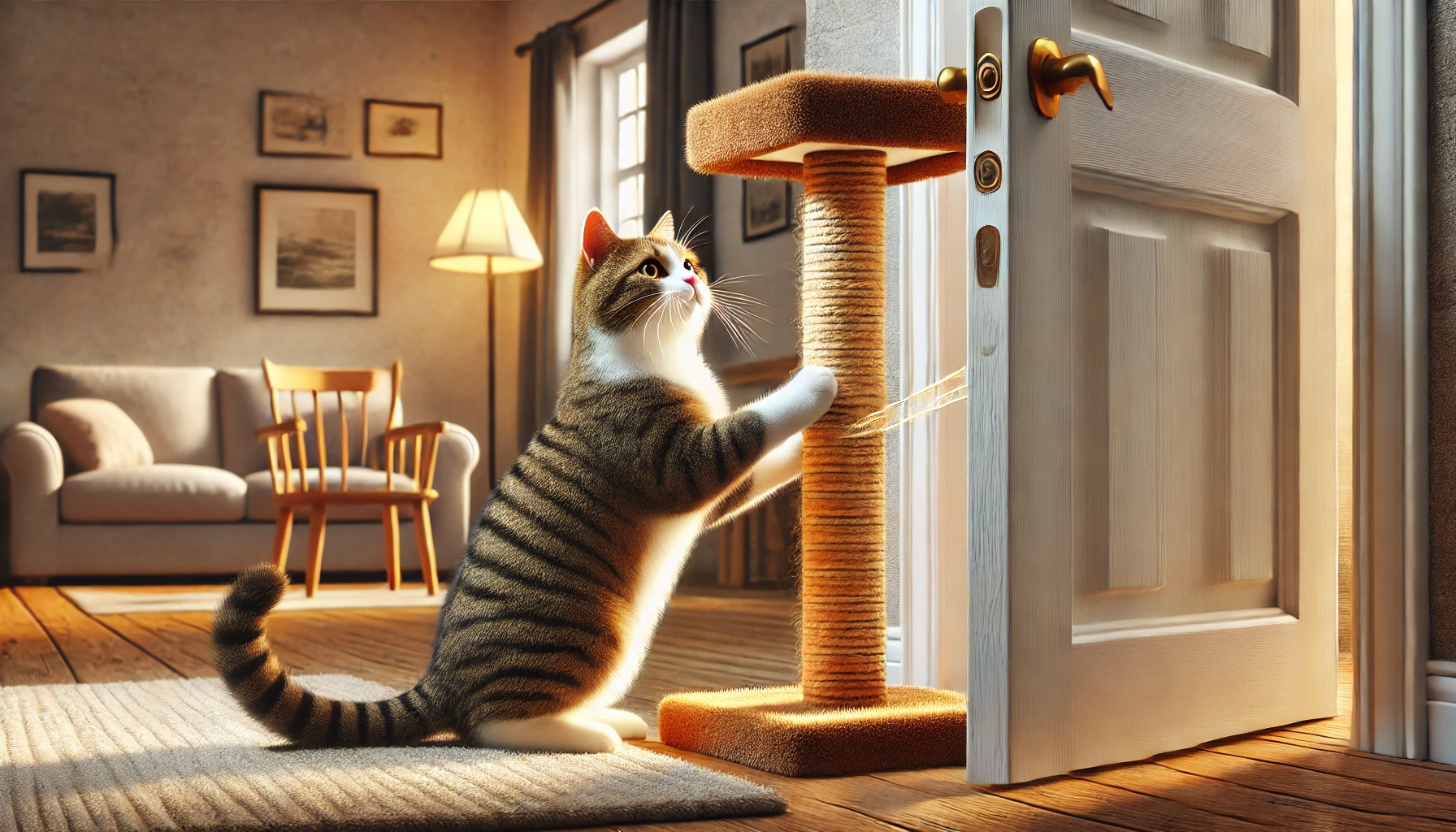
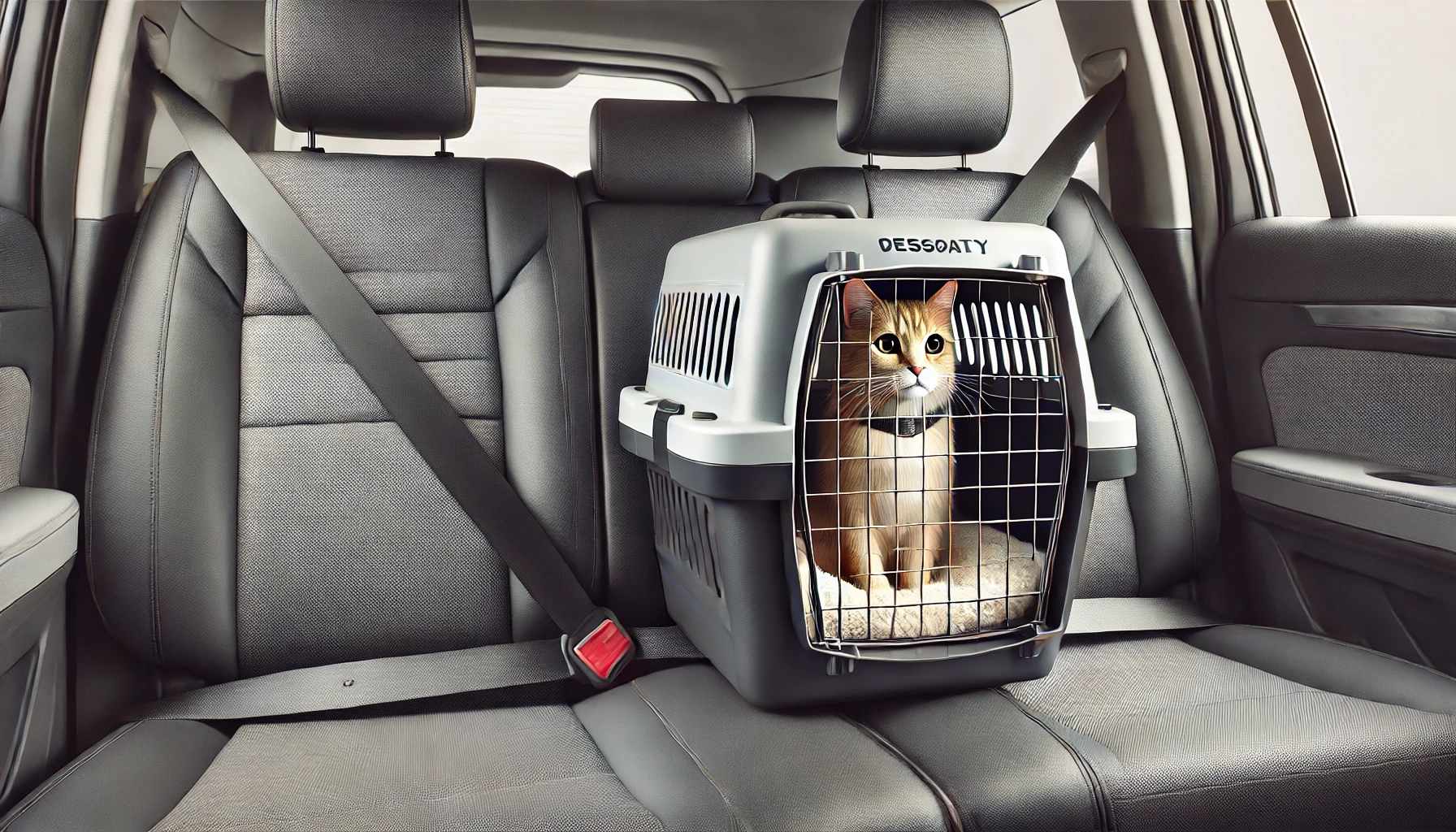
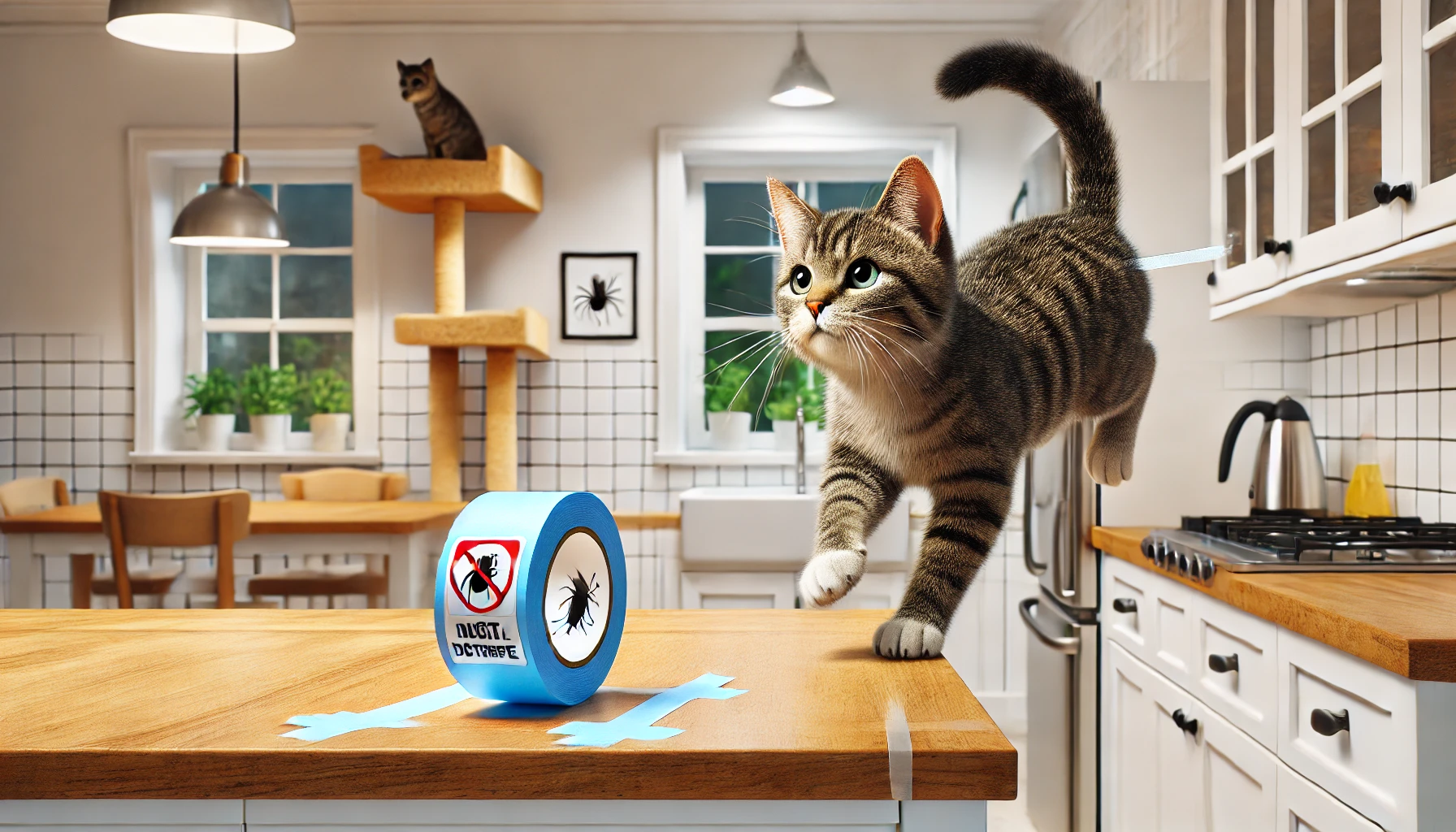
1 thought on “How to Introduce Your Cat to a New Dog”